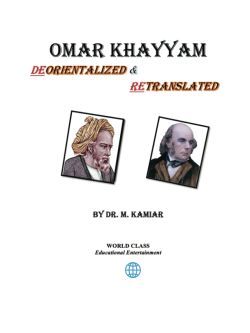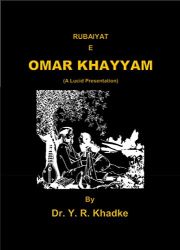Khayyam’s Quatrains as Fitzgerald’s Rubáiyat. Khayyam’s Quatrains as Fitzgerald’s Rubáiyat. Ismail Alghamdi, Mohammed Albarakati.
In: Journal of Translation and Language Studies, 5 (2024) 1, pp. 65-81.
Research studies from around the globe on Omar Khayyẚm’s Persian quatrains and their translation into English by the poet, writer, and translator Edward Fitzgerald, are in abundance. Researchers are, in general, in praise of the translation and give credit to Fitzgerald for making Khayyẚm a world-renowned poet. However, the translation has rarely been approached from a socio-political perspective, or a look into Fitzgerald’s ideological manipulation of the original. The present research study investigates two issues with Fitzgerald’s translation- ideological manipulation and selective translation. The study also looks into Khayyẚm’s life and his works. It probes into the effects this translation left on the literary scene. The study involves a comparative literary translation analysis to compare and contrast the elements found in Fitzgerald’s translation and two Arabic translations. Employing Lefevere’s (1992) theory of ‘translation as rewriting,’ this paper assesses the extent to which a translator’s ideology can lead to a misrepresented product of translation (Lefevere, 1992). The study adopts textual analysis as a research method to capture the epicurean elements recurrently emphasized by Fitzgerald in his translation.

